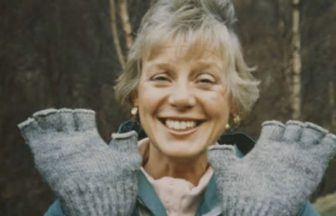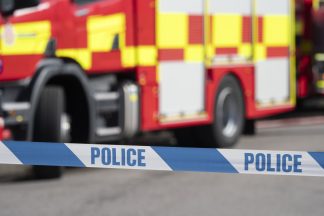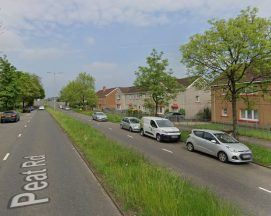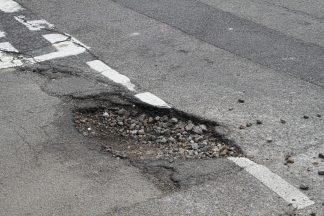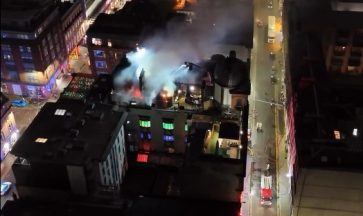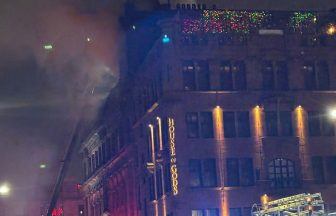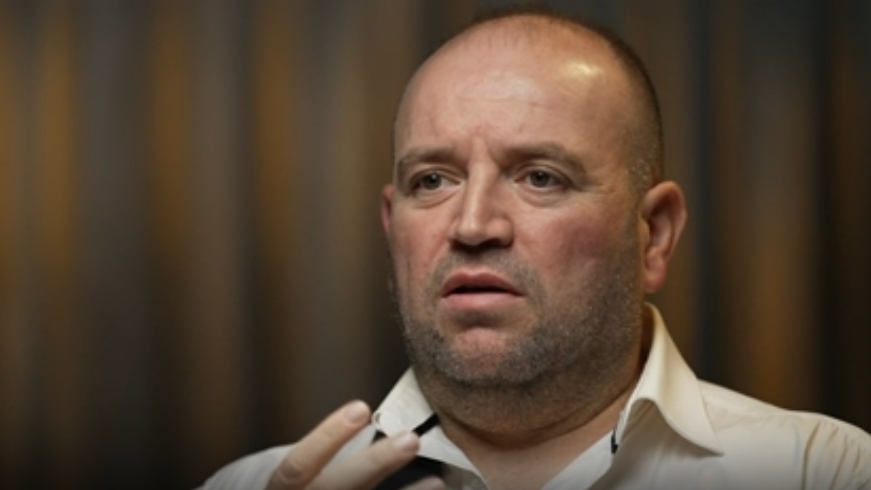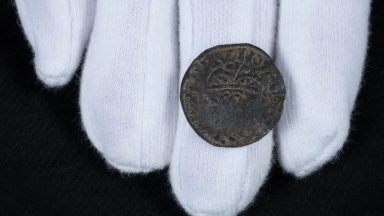A stark warning has been given to thrill-seekers who dice with death by ‘tombstoning’ at Ayrshire quarry – five years on from tragic accident.
Mark O’Brien, 28, died after he jumped from the edge of Craigiehill Quarry into the cold depths of the the lake formed at the bottom of the site.
The quarry continues to attract young people who use the water to cool down, particularly during the current heatwave.
However, the very cold water that attracts them can be the thing that kills them.
The temperature of water in quarries can be much lower than the sea and rivers as it is often fed from underground springs that are naturally colder.
This increases the chances of ‘tombstoners’ suffering cold water shock.
Gary Tait, of Scottish Fire and Rescue, described the sudden impact of extremely cold water and how the body reacts can prove deadly.
He said: “I chair the Pan Ayrshire water safety group which identified an area as being a potential hotspot for water activity, predominantly ‘tombstoning’ into water, at Craigiehill Quarry, just outside Kilmarnock.
He explained why cold water shock can prove fatal.
“They can go potentially 10-15 feet under the surface of the water where risks and hazards are awaiting them.
“The water temperature at that depth means that the cold water shock can hit them.
“The cold water can instantly pretty much kill them.”
Mr Tait said he was working with partners in council, police and the owners of Craigiehill, Hillhouse Quarry, to look at measures to tackle the problem.
He said: “We already lost a life about five years ago from tombstoning. It is definitely something we can do, but it is a balancing act.
“We don’t want to put too much up there, which could encourage people to go.
He said that installing warning signs and restricting access to the higher cliffs would be a possibility.
Depute Provost Claire Leitch welcomed the efforts, pointing out that ‘tombstoning’ was something that had been popular when she was at school.
She said: “When I was at school, there were areas where tombstoning was a ‘cool’ thing to do. It was about the risk and the thrill.
“If someone had told us back then that you could literally die, that the cold water shock could kill you, we may have thought twice. No one even thought of it and it wasn’t spoken about.
“Working with young people on this will save lives.”
Follow STV News on WhatsApp
Scan the QR code on your mobile device for all the latest news from around the country


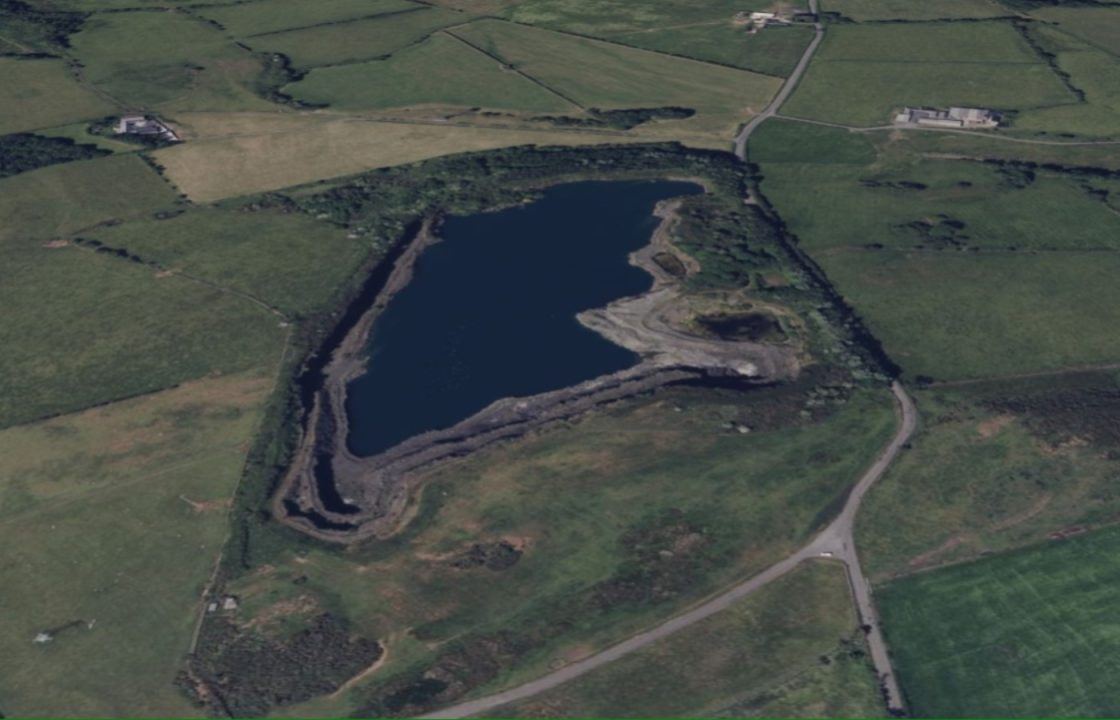 LDRS
LDRS




